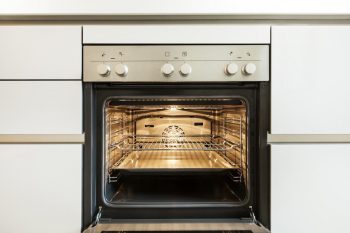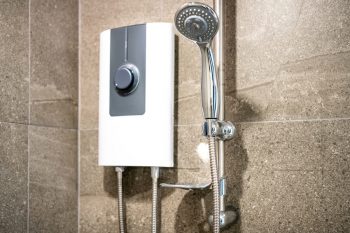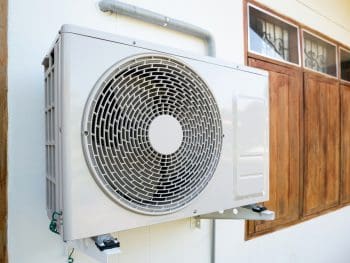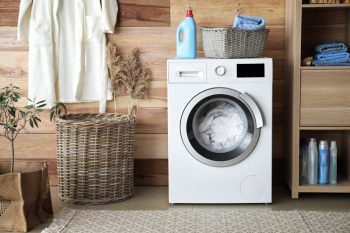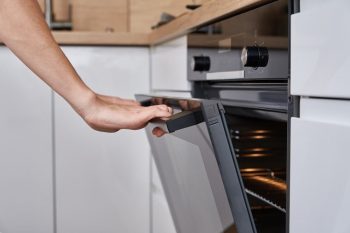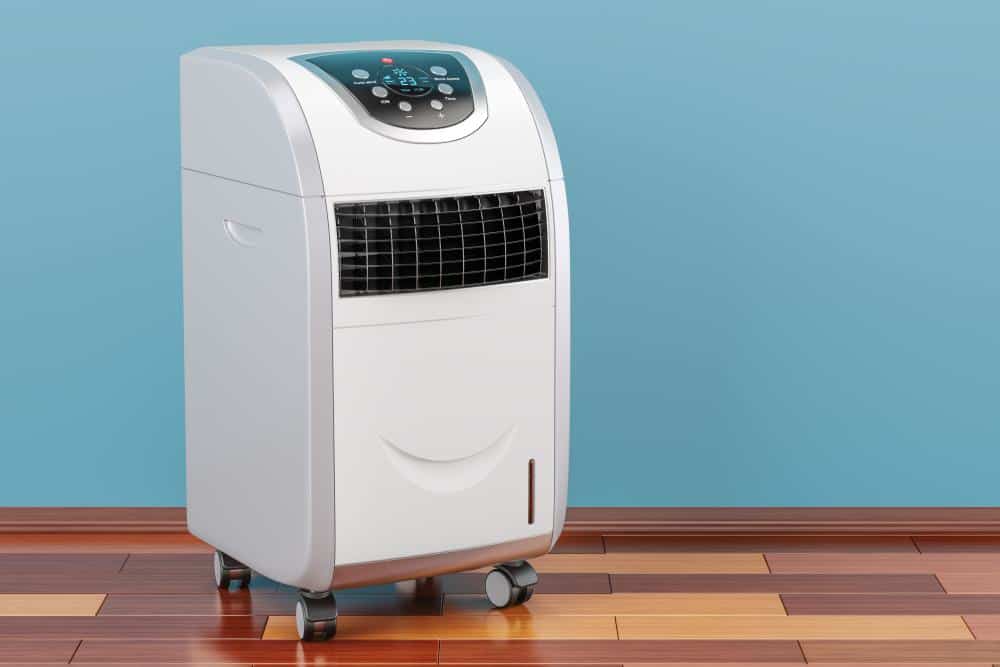
Portable air conditioners are a popular cooling solution, especially for those living in small apartments or those who prefer a mobile cooling system that can be moved from room to room. They are cost-effective, easy to install, and energy-efficient. However, like any other appliance, they may encounter performance issues over time, and one of these issues might be a need to recharge the refrigerant.
Before we delve into the process of recharging a portable air conditioner, it’s important to note that these units are not designed to be recharged regularly. They are sealed systems, and the refrigerant should not leak unless the unit is damaged. If your portable air conditioner is not cooling properly, it is more likely due to other issues, such as dirty filters or coils, rather than low refrigerant levels.
Recharging a portable air conditioner involves gathering the necessary tools and materials (correct type of refrigerant, service valve, hose, manifold gauge set, leak detector, and protective gear), turning off the air conditioner, locating the service valves, connecting the charging hose to the low-pressure port, opening the refrigerant valve to let it flow into the air conditioner, and then closing the valve and disconnecting the hose once the correct amount of refrigerant is added. Finally, test the air conditioner to see if it’s cooling effectively. It’s important to note that this process can be dangerous and is often best left to professionals.
Common Signs Your Portable Air Conditioner Needs Recharging
While it’s rare for a portable air conditioner to need recharging, there are several signs that may indicate a need for it:
- Inefficient cooling: If your air conditioner is running constantly but not cooling the room effectively, this could be a sign that it needs recharging.
- Warm air: If the vents are blowing warm air or air that is not as cool as usual, this could indicate a need for recharging.
- Ice buildup: A buildup of ice on the refrigerant line is often a sign of low refrigerant levels.
- Daytime performance: If your air conditioner cools better during the evening than during the day, this could be another sign that it needs recharging.
However, these signs could also indicate other issues, such as a dirty filter or coil, so it’s important to perform a thorough check before proceeding with recharging.
Tools and Materials Needed for Recharging
If you’ve determined that your portable air conditioner needs recharging, you’ll need the following tools and materials:
- Correct type of refrigerant (check your air conditioner’s manual)
- Service valve and a hose
- Manifold gauge set
- Leak detector
- Protective gear (gloves and safety goggles)
Remember that handling refrigerants can be dangerous and requires specific certifications, such as an EPA Section 608 license in the United States. It’s highly recommended to seek professional help for recharging your portable air conditioner to ensure safety and proper handling of the refrigerant.
Step-by-Step Guide to Recharging a Portable Air Conditioner
Here’s a step-by-step guide on how to recharge your portable air conditioner:
- Gather your equipment: Make sure you have all the necessary tools and materials ready and wear your protective gear.
- Turn off the air conditioner: Always turn off and unplug your air conditioner before you start working on it.
- Locate the service valves: Find the service valves on your air conditioner. If your unit doesn’t have them, you’ll need a licensed technician to add them.
- Connect the charging hose: Connect the charging hose from your Freon kit to the low-pressure port on your air conditioner.
- Open the refrigerant valve: Open the valve on your refrigerant container and allow the refrigerant to flow into the air conditioner. Keep an eye on the pressure gauge on your Freon kit to avoid overcharging.
- Close the refrigerant valve and disconnect the hose: Once you’ve added the correct amount of refrigerant, close the valve and disconnect the charging hose.
- Test the air conditioner: Turn your air conditioner back on and check if it’s cooling effectively.
Safety Precautions and Considerations
When recharging a portable air conditioner, safety should be your top priority. Here are some safety considerations and precautions to keep in mind:
- Handling refrigerants: Refrigerants can be hazardous if not handled properly. Always follow safety guidelines or seek professional help.
- Ventilation: Make sure your portable air conditioner has proper ventilation to avoid overheating or carbon monoxide buildup.
- Electrical safety: Check the electrical wiring for any damage and ensure that your air conditioner is properly grounded. Avoid using extension cords or power strips, as they can cause overheating or fires.
- Maintenance: Regular maintenance can prevent the need for recharging. Always clean your filter and check the coils regularly.
- Professional help: If you’re not confident in your ability to recharge your air conditioner safely, always seek professional help.
In conclusion, while it’s possible to recharge your portable air conditioner, it’s often best left to the professionals due to the complexity and potential hazards of the process. Regular maintenance and correct usage are the best ways to keep your portable air conditioner running efficiently and effectively.
Frequently Asked Questions
Can I use any type of refrigerant to recharge my portable air conditioner?
No, you should use the type of refrigerant specified in your air conditioner’s manual. Using the wrong type can damage your unit and even pose safety risks.
How often should I recharge my portable air conditioner?
Portable air conditioners are not designed to be recharged regularly. They are closed systems, and the refrigerant should not leak unless there is a problem with the unit. If you’re regularly needing to recharge your air conditioner, it’s likely there’s a leak or other issue that needs to be addressed by a professional.
What should I do if there’s a leak in my air conditioner?
If there’s a leak in your air conditioner, you should turn off the unit and contact a professional. Leaks can be dangerous, especially if refrigerant is involved, and should be handled by a trained technician.
Can I perform regular maintenance on my portable air conditioner myself?
Yes, regular maintenance such as cleaning the filter and checking the coils can be done by the owner. These tasks can help improve the efficiency of your air conditioner and prevent issues that might require recharging.
How do I know if my air conditioner is properly grounded?
You can check the power cord and plug of your air conditioner to see if it has a grounding prong. If you’re unsure, it’s best to contact a professional to ensure your unit is grounded correctly. Proper grounding is essential for safety and to prevent electrical malfunctions.


